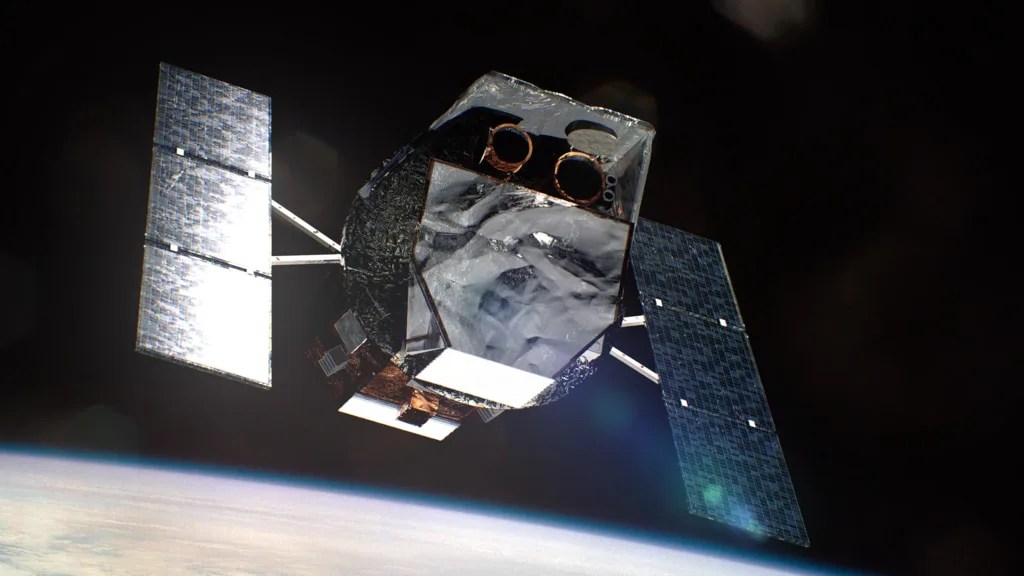
NASA’s Neil Gehrels Swift Observatory resumed science observations April 3 following a successful software update that enables the spacecraft to function using only two gyroscopes (gyros).
Swift entered safe mode March 15 after experiencing degrading performance from one of its three remaining gyros. The rest of the spacecraft has remained in good health during this time.
The team will monitor the observatory’s performance over the coming days as Swift continues its mission to observe the universe’s most energetic sources.
NASA’s Swift Temporarily Suspends Science Operations
On March 15, NASA’s Neil Gehrels Swift Observatory entered into safe mode, temporarily suspending science operations due to degrading performance from one of its three gyroscopes (gyros), which are used to point the observatory for making observations. The rest of the spacecraft remains in good health.
Swift is designed to successfully operate without one of its gyros if necessary; however, a software update is required. The team is working on the flight software update that would permit the spacecraft to continue science operations using its two remaining gyros. The team is working to return Swift to science observations as soon as possible.
Launched in 2004, Swift has been observing the high-energy universe for nearly 20 years. Stay tuned to nasa.gov/swift for more updates.























